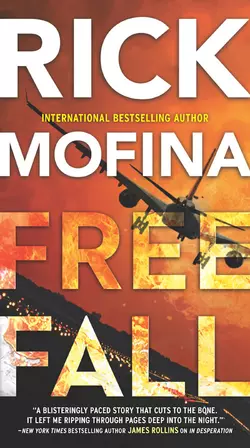Free Fall

Rick Mofina
Тип: электронная книга
Жанр: Триллеры
Язык: на английском языке
Стоимость: 467.61 ₽
Статус: В продаже
Издательство: HarperCollins
Дата публикации: 16.04.2024
Отзывы: Пока нет Добавить отзыв
О книге: CRISIS IN THE SKIESPilots with no control…High above the Adirondack Mountains, a commuter flight to New York City turns into a rolling, twisting nightmare, plunging from the sky before the crew regains control. Then, in London, a jetliner crashes into the runway, killing fifteen people.Investigators with no answers…Reporter Kate Page believes something beyond mechanical—or human—error is behind the incidents that have air investigators baffled. But the mystery deepens as teams scramble to pinpoint a link between the tragedies, and Kate receives an untraceable message from someone boasting responsibility and threatening another event.A looming disaster…As Kate, the FBI and the NTSB race to find answers, the shadow figures behind the operation launch their most devastating plan yet, and time ticks down on one of the greatest tragedies the world has ever known.